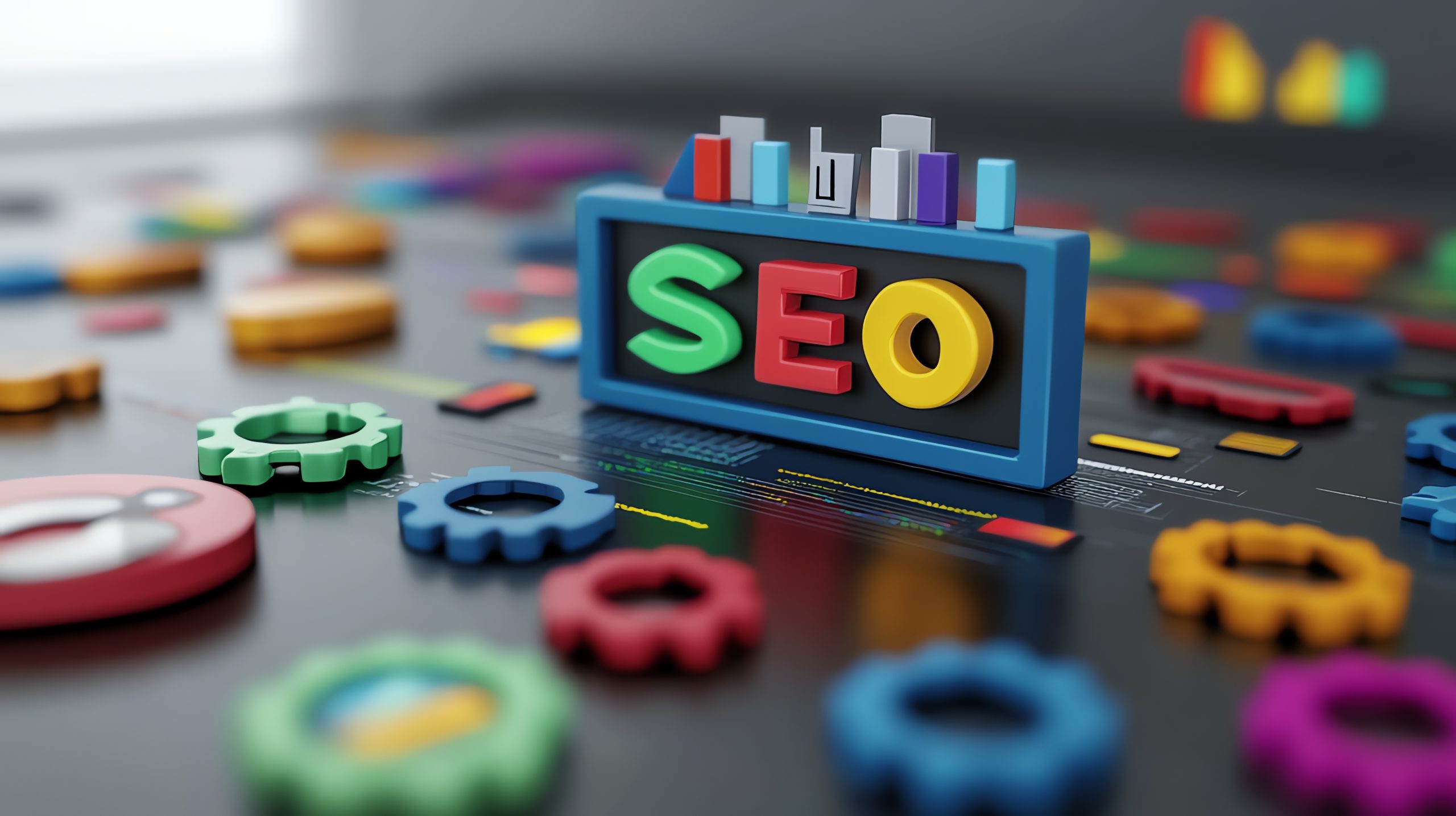Given how things evolve in the digital sphere, shopping is now a significant means of global corporate outreach. However, loading speed is a crucial factor that significantly influences the performance of an e-commerce site. A website’s load speed may influence user behavior, Search Engine Optimization (SEO), and sales count, among other factors. This blog discusses how E-commerce SEO and the sales volume of e-commerce sites affect their speed. It emphasizes the need to make the site functional.
1. E-commerce site load speed and SEO
Search engine optimization, often known as SEO, is the act of increasing an e-commerce website’s ranking in search engines so that more people may find and use it. It’s difficult to say exactly how Google and other search engines choose which websites to rank highest. A major factor in these models is the speed with which a website loads.
Google’s Emphasis on Speed
Google claims a website’s ranking is much influenced by its speed. Google created a significant buzz in 2010 around the fact that site speed now influences the ranking of websites. According to several research, this decision was made because quicker websites improve the user experience, studies. Google’s search results now include mobile page load speeds, which were included in 2018. This update considers the need to be able to link your phone to the internet.
User Experience and SEO
The speed of a website directly influences how visitors see it, which influences its search engine performance as well. People are more inclined to remain on a fast-running website and peruse its contents. If a website has a high return rate, those who visit it soon depart it, which can compromise its SEO. When websites have slow download times, users may get enraged and quickly leave the site. Search engines may interpret these problems as indicators that the website isn’t making things simple for those who use it.
Crawl Budget
To organize the material on websites, Google and other search engines utilize automated programs—also referred to as bots or crawlers. The speed with which a website loads will determine its perceived quality. A website Should be sluggish; search engine bots might have to halt what they are doing before they finish. Important pages could not show up as high in search results when there is insufficient monitoring, reducing the website’s natural traffic.
2. E-commerce Site speed and conversion rate:
The loading speed of your website influences the quantity of users doing what you like them to be doing. A website’s conversion rate is the total number of visitors who engage in an activity—buying something, completing forms, or registering for a program. A lot hinges on how quickly an e-commerce company’s website loads.
Customer Expectations
Consumers of today expect more from websites regarding their functionality. Studies reveal that many online users have high expectations for the speed with which websites should load. If one does not load in three seconds, they are likely to quit the web page; those that take more than two seconds make one upset. This feeling of urgency emphasizes how much the number of individuals who purchase something may vary depending on even a one-second delay in the page loading time. According to research, sales can decline 7% even with a one-second delay in page load time.
Mobile Users
Since more and more people use their phones to buy online, mobile site load has become crucial. Mobile users generally wish to meet people quickly and effortlessly as their life evolves. Mobile websites that take a long time to load or fail to respond may irritate people, therefore reducing the potential for successful sales. The 2018 Google “Speed Update” focused on the necessity of quick mobile interactions. This once again demonstrated the need for e-commerce mobile speed for mobile sites if one wants more customers to purchase.
Shopping Cart Abandonment
Online purchasing presents a significant challenge for people abandoning goods in shopping carts. Customers should attempt not to leave their baggage to help prevent having to wait for the checkout desk to open. Consumers quit their shopping carts mostly because the checkout procedure is too costly and sluggish. By making their sites speedier, companies that sell goods online may attract more consumers to complete their purchases and generate more money generally.
Conclusion
Faster e-commerce sites help to improve search engine optimization (SEO) and increase sales. By enabling users to utilize a website more efficiently and hence lowering the number of individuals who abandon it immediately, a quicker loading speed helps the search engine results of a website. By ensuring sites load fast and reducing the frequency of consumer abandonments of shopping carts, they help increase sales. Optimize SEO provides These developments that improve operations and enable a company to survive in the increasingly competitive digital market.








